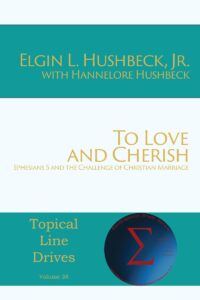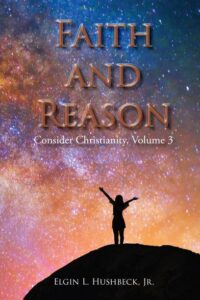The Face of Tyranny
February 26th, 2015 by Elgin HushbeckSupporters of redefining marriage to include same-sex couples like to portray it as the latest battleground in a long tradition of fighting bigotry and intolerance, a fight where victories are celebrated as triumphs of the rule of law. But while supporters like to keep the focus on what they call “marriage equality” in reality something far darker and more sinister is going on.
As I have written in the past, court rulings that redefine marriage are the antithesis of the rule of law. These rulings are not upholding the rule of law, they are destroying it for the sake of an idea of equality. But the ideal itself is false. Often supporters counter with claims that this is the new civil rights movement where allowing same-sex marriage is the equivalent of allowing interracial marriage. This is false.
Previous court rulings on race were grounded both in the Constitution and reality. They were grounded in the 14th and 15th amendments to the Constitution. They were based in reality because the distinctions based on skin color are false distinctions, no more valid that distinctions based on hair color or eye color.
The same cannot be said for Same-Sex marriage. There is no grounding in the Constitution for over turning long established marriage laws. Instead it comes, not from reasoned analysis of the Constitution, but from judges demanding that their personal views become the law of the land, however they may dress it up to sound legitimate.
Nor is it based in reality, for unlike distinctions based on skin color, distinctions based on sex are very real. While the ideal that men and women are basically the same was a fad back in the 1960s and 1970s, science has completely and thoroughly refuted that notion, as if any refutation was even necessary. Today the ideal that men and women are basically the same is overtly held only by some elites who insulate themselves from inconvenient things like facts.
Yet while refuted, like the walking dead, the theory that men and women are basically the same remains a strong force for many on the left. It is also one of the key underpinnings for Same-Sex marriage, as the basic claim is the categories of men and women are arbitrary and can be interchanged. Thus statements such as “the best environment for raising children is a home with a loving mother and a loving father” is seen as irrational. Mothers contribute nothing special to the raising of a child and the two fathers will work just as well.
As soon as you conclude that it is reasonable to see men and women as different, the rationale for the court cases overturning traditional marriage falls apart. In short they are themselves a lie.
Another major argument used by supporters is some form of ‘What difference does it make?’ How would allowing two men or two women to marry affect your marriage, or affect you? This argument is at best naïve, and more likely disingenuous. Marriage is by definition a social construct that involves more than the two people getting married. If it was just a commitment between two people, same-sex couples have been able to do that for a long time. As a core unit of society, to redefine marriage is to redefine society. Its effects will be reflected in everything from TV shows to the text books used in school.
As traditional marriage laws have been overturned and same sex marriage imposed by judges, normally contrary to the expressed will of the people, one thing that has become clear is that this is not a movement for tolerance as many people have unfortunately found out. So far those on the front line in this battle have been those involved in weddings in one fashion or another, photographers, bakers, florists etc..
Some who did not wish to participate in the celebration of something they disagree with have found themselves facing a hostile government saying you will celebrate same-sex marriage or else. In the most recent case a 70 year old grandmother is facing the loss not only of her business, but of her home, because she refused to renounce her religious beliefs, which see marriage as sanctioned by God.
But these are not the only victims. The CEO of Mozilla was forced to resign because it was discovered that several years earlier he had donated $1000 to the California ballot proposition that upheld the traditional view of marriage. Last month a highly distinguished fire chief for the City of Atlanta was fired because of comments he wrote in a book several years earlier.
This is not tolerance, this is the face of tyranny. You will think what we want you to think or else. No disagreement will be tolerated. As for now the fate of Liberty, the founding principle of the Republic, remains in the balance.







